Structural Aspects of Groups
advertisement
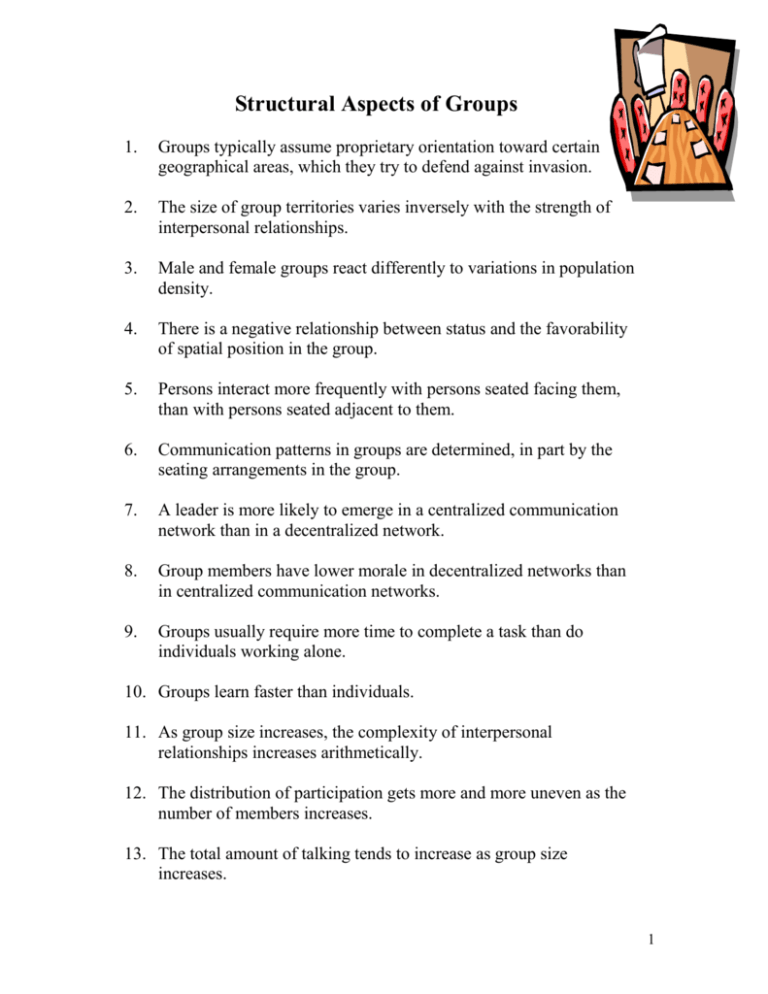
Structural Aspects of Groups 1. Groups typically assume proprietary orientation toward certain geographical areas, which they try to defend against invasion. 2. The size of group territories varies inversely with the strength of interpersonal relationships. 3. Male and female groups react differently to variations in population density. 4. There is a negative relationship between status and the favorability of spatial position in the group. 5. Persons interact more frequently with persons seated facing them, than with persons seated adjacent to them. 6. Communication patterns in groups are determined, in part by the seating arrangements in the group. 7. A leader is more likely to emerge in a centralized communication network than in a decentralized network. 8. Group members have lower morale in decentralized networks than in centralized communication networks. 9. Groups usually require more time to complete a task than do individuals working alone. 10. Groups learn faster than individuals. 11. As group size increases, the complexity of interpersonal relationships increases arithmetically. 12. The distribution of participation gets more and more uneven as the number of members increases. 13. The total amount of talking tends to increase as group size increases. 1 14. As group size increases the degree of structure and centralization of leadership tends to increase. 15. Individual rates of participation are closely associated with higher satisfaction with a group. 16. Groups with even numbers of members tend to have more trouble reaching agreement than do odd numbered groups. 17. The ideal task oriented discussion group seems to be 5 persons. 18. The ideal learning group size may range from 3 - 15 persons. 19. Highly cohesive groups exert greater influence over their members than do low cohesive groups. 20. Members conform more in mixed sex groups than in same sex groups. 21. The more ambiguous the task, the less the probability that a group member will conform to the perceived norms of the group. 22. There is a tendency for the group leader to be older than other group members. 23. Conformity behavior increases with chronological age to about age 25 and decreases thereafter. 24. Women use eye contact as a form of communication more frequently than do men. 25. Individuals who possess special skills relative to the group task usually are more active in the group, making more contributions toward task completion, but sharing equally in the influence on group decisions. 26. Anxious group members inhibit effective group functioning in terms of setting lower goals and shifting opinions more often. 2 27. Patterns of communication established in the information-sharing phases of group discussion are mirrored in the decision-making phases of interaction. 28. Larger agencies or groups depend less often upon impersonal means for communication rules and policies, such as published statements, or posters, than do smaller organizations and groups. 29. Larger groups have more absenteeism than smaller groups. 30. An ideal group would be composed of the smallest possible number that contains all the skills required for the accomplishment of a group task. 31. Decisions made after group discussion are generally more risky than decisions made by the average individual prior to group discussion. 32. Individuals contribute in a similar manner to the group product regardless of the composition of individuals in the group. 33. Members of highly cohesive groups communicate with each other to a greater extent than members of groups low in cohesion. 34. Members of groups low in cohesion tend to function as individuals rather than as group members. 35. Highly cohesive groups exert greater influence over their members than do groups low in cohesion. 36. There does not appear to be a difference between low and high cohesive groups in terms of goal attainment. 37. Members of highly cohesive groups are generally more satisfied than members of low cohesive groups. 38. Compatible groups are more effective in achieving group goals than are incompatible groups. 3 39. Other things being equal, groups composed of members having diverse abilities, perform more effectively than groups composed of members having similar abilities. 40. A high status group member may deviate from group norms without being sanctioned if his/her deviancy contributes to goal attainment. 41. There is a general but weak predisposition toward conformity to group norms. 42. The more ambiguous the stimulus situation, the less the probability that a group member will conform to the perceived norms of the group. 43. Conformity increases with the increasing size of the majority (up to 3 persons and levels off). 44. A group member is more likely to conform to group judgment when other members are in unanimous agreement than when they are not. 45. Greater conformity occurs in groups with decentralized communication networks than in groups with centralized communication networks. 46. Conformity introduces order into the group process and provides for the coordination of individual behavior. 47. The quality of group performance, as measured by time and errors, is negatively correlated with the cooperation requirements of the group task. 48. Group members attempt leadership less frequently when the task is difficult than when it is easy. 49. Individuals establish goals for their groups that influence their behavior in ways similar to the influence of personal goals. 50. Groups rarely have distinct phases in their development. 4

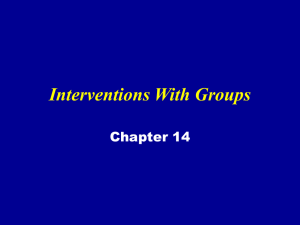
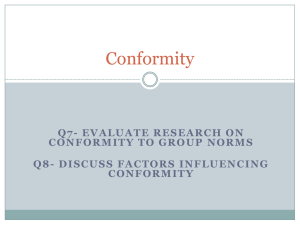








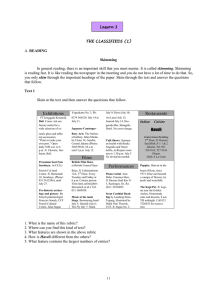
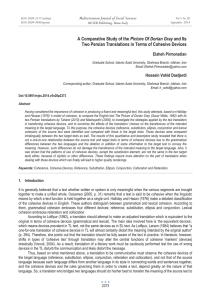
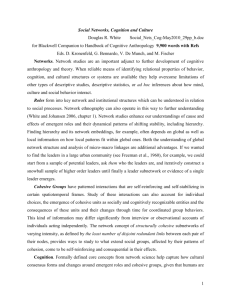

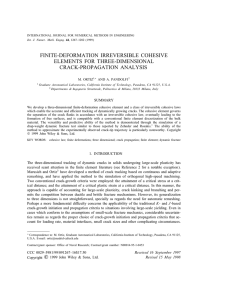
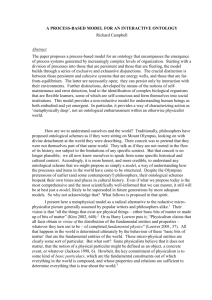

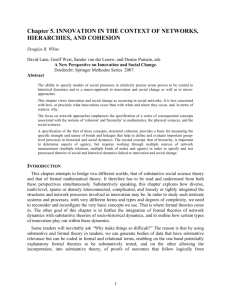
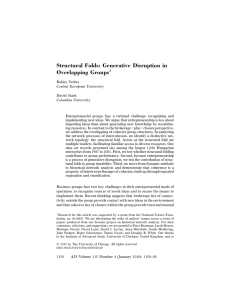
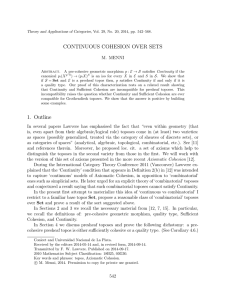
![This article was downloaded by:[2007 Korea Advanced Institute of Science... [2007 Korea Advanced Institute of Science & Technology]](http://s2.studylib.net/store/data/013886621_1-486a875cdfe0f5852ab6b0900d49503c-300x300.png)